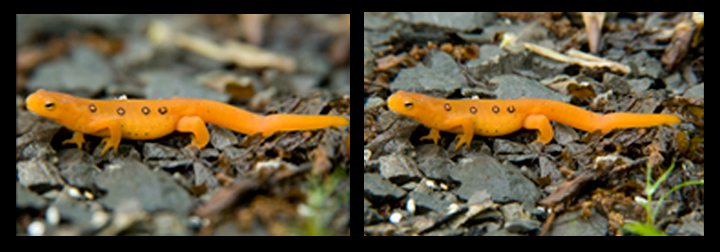When you travel away from home, how do you find the scenic areas? Talk to the locals! While visiting the Maine Sea Salt Company during summer vacation, Pat (Mrs. Salt Man as she jokingly calls herself) told us about Jasper Beach. The entire beach is composed of these amazing smooth stones. The closer you get to the water’s edge, the smaller and smoother the stones become.
As the waves come in and out, the smaller stones rolling around in the surf make the most amazing sound. Think of a bucket full of water and smooth stones. As you pour the stones and water out you get a nice “ssshhhhhh” sound. We actually sat on the beach for an hour listening to the sound. Of course, we didn’t think to use our phones to record the sound until the next day!
This image was exposed for 1/10 second at f/22. The slow shutter speed blurs the water as it rolls in on the stones while the small f-stop creates a deep enough depth of field to keep the stones in focus from front to back.
Simply put, Depth of Field is the amount of the image that is in sharp focus. In the images above, the one on the left has a “shallower” depth of field. Note that the small green plant in the right foreground and the rocks in the background are blurred. The image on the right has a “deeper” depth of field since the small green plant is somewhat more in focus as are the rocks behind the salamander.
The aperture setting on your camera controls depth of field. The smaller the aperture, the more depth of field. I took the image on the left using an aperture of f/5.6 while the one on the right was taken with an aperture of f/22. (Confusing to the novice, but an aperture of f/22 is smaller than an aperture of f/5.6).
So what does depth of field mean to your outdoor photography? Use your aperture setting to highlight a subject or isolate it from the background. In the image on the right, the rocks in the background and the small plant distract the viewers eyes from the salamander which is the main subject. By reducing depth of field the viewer is drawn to the salamander.
Which image do you like better?
Click here is a more technical tutorial on depth of field.



